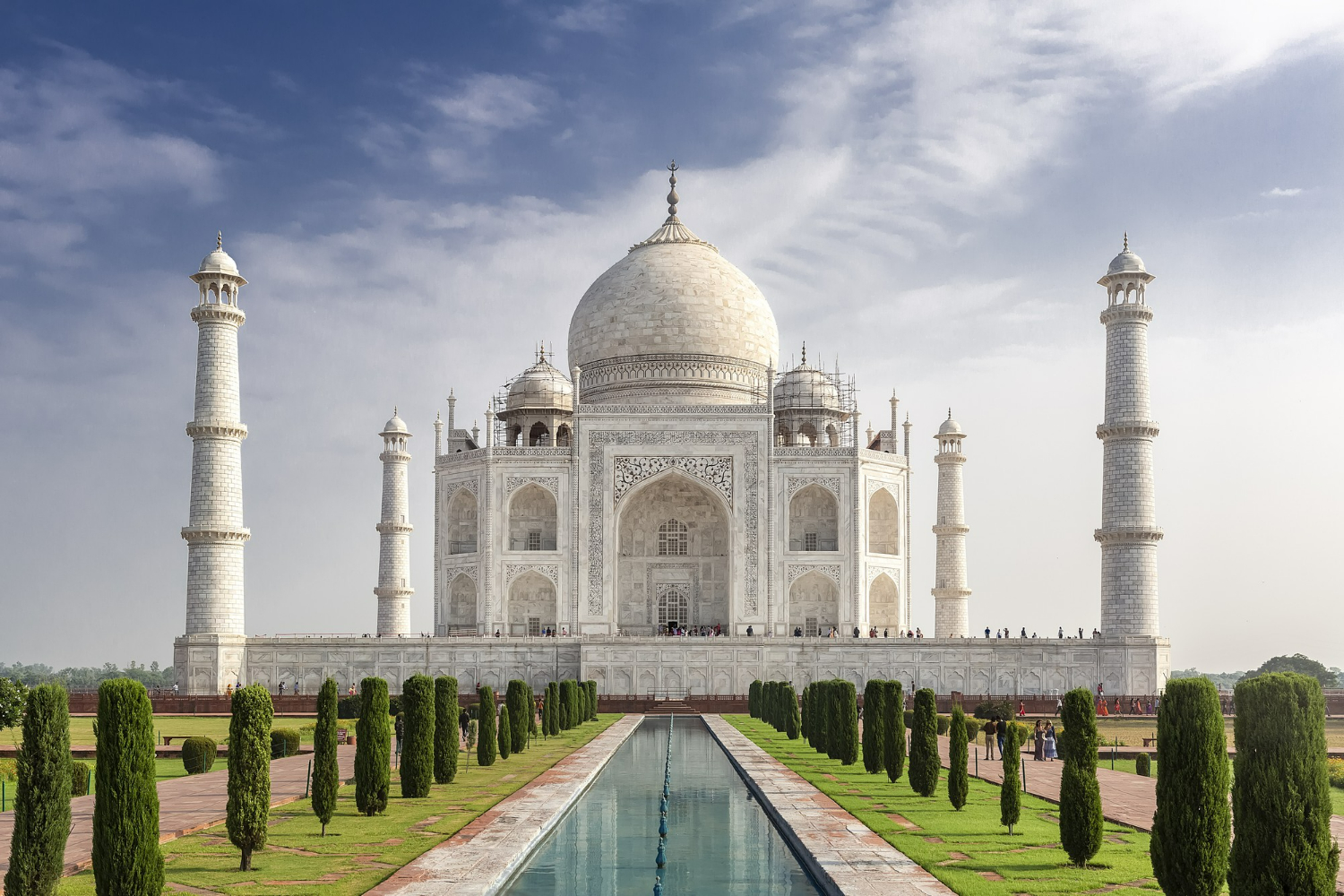As we all know, Delhi has been the capital of several empires throughout its long history. You will be shocked to know that the city was built and rebuilt seven times during the ancient and medieval periods, which shaped the Delhi we know today. Tracing the rise and fall of these seven cities in this blog provides a fascinating glimpse into Delhi’s cultural evolution. The Tomars’ First Fortress The oldest reference, according to historical background, we have to Delhi is to the fortified city of Lal Kot, founded in 1060 by the Tomar ruler Anangpal. The first of the seven cities, it was located in the south of current Delhi. Today, the ruins of Lal Kot can also be seen near the Qutub Minar complex. The Chauhans’ Expansion In the 12th century, according to historians, Chauhan king Prithviraj Chauhan expanded Lal Kot into a bigger fort called Qila Rai Pithora, known as present day Mehrauli. This second city is also very famous for its massive stone fortifications and gates. Gradually, the kingdom shifted from Lal Kot to Rai Pithora. Alauddin Khilji’s Luxurious Addon Do you know that when the Khiljis captured Delhi in 1303, Alauddin Khilji founded the third city of Siri, adjacent to Qila Rai Pithora? With lavish palaces and architecture, Siri was an opulent addition, showing Khilji’s power. The defining monument was the extravagant mosque, commonly referred to as the Alai Minar. Ghiyasuddin Tughlaq’s Mighty Stronghold The founder of the mighty Tughlaq dynasty, Ghiyasuddin Tughlaq, built the fourth city of Tughlaqabad in the 14th century. The imposing stone fortress, with its vivid details and architecture, shows his vision’s ambition. Even in ruins, Tughlaqabad represents the might of his reign. Muhammad Bin Tughlaq’s Double-walled City Within a few decades, Muhammad Bin Tughlaq built another new capital called Jahanpanah in the 14th century. The fifth city had outer and inner walls, with 13 gates for double protection. The Jahaz Mahal and the Begumpuri Masjid inside stand testament to its grand empire. Capital planned by Firoz Shah According to historical records, the sixth city of Firozabad was built by Sultan Firoz Shah between 1354-88 with imperial buildings and public works. The circular city had a geometric street grid and facilities like baths, mosques, tanks, and palaces. Firoz Shah’s reforms and constructions shaped Firozabad into a planned, well-run capital. The Magnificent Mughal Capital The seventh city of Shahjahanabad, constructed in the mid 17th-century, is the old Delhi we know today. Shah Jahan shifted his capital from Agra to build this new magnificent capital with the Red Fort and Jama Masjid as focal points. Chandni Chowk market and elegant havelis were added by nobles. Sections of Shahjahanabad’s walls, gates, and streets remain, changed yet recognizable. Exploring the various ancient cities that rose and fell on Delhi’s landscape gives us a glimpse into its storied past and the kings who shaped each capital for their needs and eventually transformed it into the historical metropolis of today.









